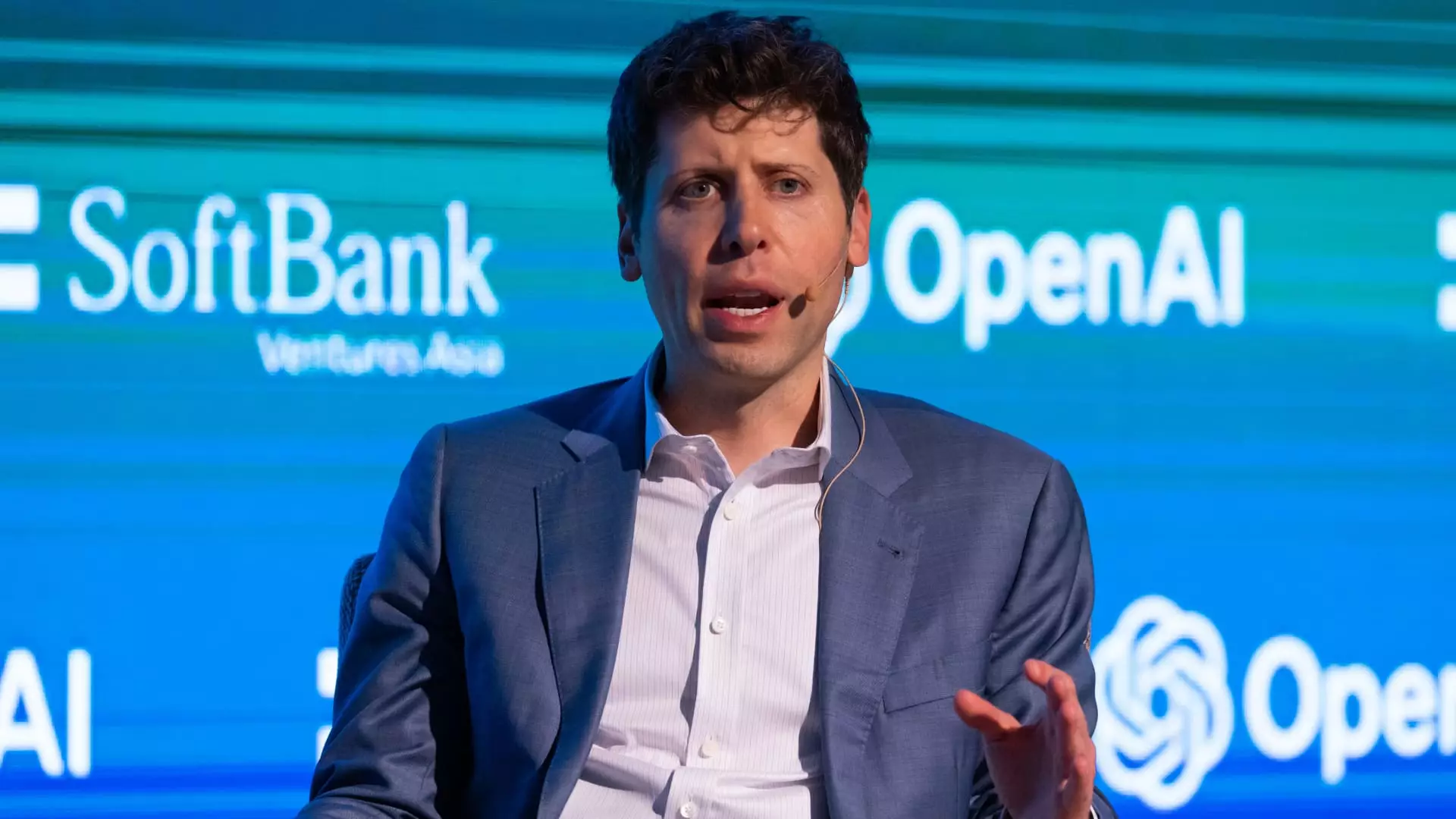As OpenAI transitions towards a for-profit model by 2025, significant changes are poised to reshape the company’s operational dynamics. In a bold move aimed at enhancing its commercial capabilities and attracting necessary capital, OpenAI plans to establish a public benefit corporation (PBC). This shift could potentially dismantle some of the restrictions inherent to its original nonprofit structure, enabling the company to function with greater agility akin to high-growth startups.
Reflecting on the rapidly evolving AI landscape, OpenAI’s leadership highlighted an undeniable reality: substantial financial resources are essential to remain competitive. The surge in investments toward AI development from major companies signals the heightened stakes in the arena. OpenAI’s board acknowledged that the scale of capital needed far exceeds original estimates, necessitating access to conventional equity to attract investors. Given the monumental valuation of $157 billion since the launch of its groundbreaking chatbot, ChatGPT, OpenAI’s financial ambitions are clearly set against a backdrop of overwhelming competition from tech giants like Microsoft, Google, and newer entrants like Elon Musk’s xAI.
The competitive landscape is characterized by astronomical projected revenues, with estimates suggesting the AI market could surpass $1 trillion within the next decade. As such, the financial trajectory of OpenAI paints a daunting picture: in 2023 alone, projected losses are estimated at $5 billion against revenues of merely $3.7 billion. These numbers accentuate the pressing need for OpenAI to adapt its structure to facilitate robust investment streams and support its ventures into generative artificial intelligence, requiring costly advancements in technology and infrastructure.
OpenAI’s proposed transformation into a Delaware PBC is not merely a legal maneuver; it represents a strategic pivot intended to facilitate a streamlined approach to raising capital. By allowing for ordinary shares of stock, OpenAI aims to separate its commercial pursuits from its nonprofit arm, ensuring that its charitable endeavors in fields like healthcare, education, and science can continue with due diligence. The nonprofit component will retain a significant stake in the newly formed PBC, with fair valuations strategically determined by independent financial advisors.
However, such a restructuring is fraught with complexities. One of the most significant challenges comes from internal tensions, particularly involving co-founder Elon Musk. Currently embroiled in legal disputes with OpenAI’s leadership, Musk has expressed strong opposition to the for-profit transition, labeling it a “total scam” and categorizing OpenAI as “evil.” The rancor between key figures can complicate negotiations and strategic planning, potentially stifling creativity and innovation at a critical juncture.
In addition to external pressures, OpenAI is contending with a concerning exodus of top talent. Recent high-profile departures raise alarm bells about the company’s internal culture and focus. The loss of senior staff, such as Chief Technology Officer Mira Murati and other leading researchers, highlights anxieties surrounding a perceived prioritization of commercial interests over safety and ethical considerations in AI development. Recent comments from ex-employees suggest a climate where profitability pressures could undermine the core mission of responsible AI.
OpenAI’s shift to a PBC structure raises important questions about the future of artificial intelligence and the balance between profit and ethics in technological advancements. The ability to attract capital through conventional means may facilitate innovation and accelerate the development of AI products, potentially fueling a technological renaissance. However, this could also amplify the risk of prioritizing profitability over safety, creating a dichotomy that must be navigated carefully.
Maintaining a dual structure that allows for philanthropic activities alongside profit-driven goals may provide an effective model for balancing these competing interests. Nevertheless, ensuring that the nonprofit goals are not overshadowed by commercial ambitions will be crucial for retaining public trust and credibility in AI technologies.
As OpenAI embarks on this transformative journey, the stakes are indeed high. The outcome will not only affect the company’s trajectory but could serve as a bellwether for the broader AI ecosystem, raising larger questions about the ethical frameworks governing the future of artificial intelligence. Ultimately, the ways in which OpenAI manages its dual identity as both a commercial enterprise and a public benefit entity will significantly influence its mission and its legacy in the AI domain.

